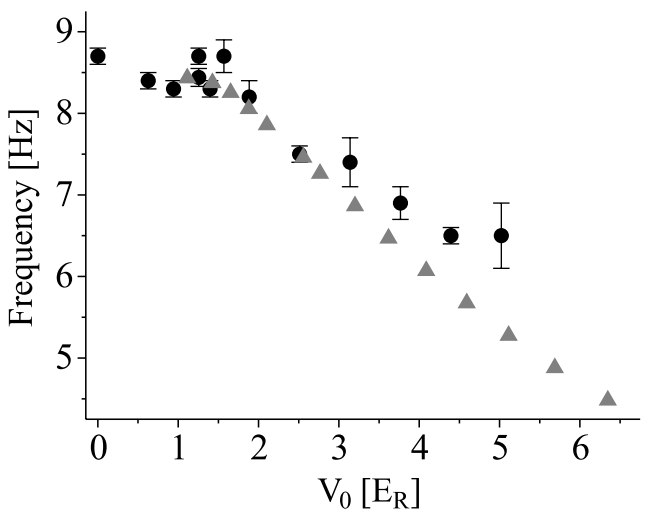 |
We report on the direct observation of an oscillating atomic current in a one-dimensional array of Josephson junctions realized with an atomic Bose-Einstein condensate. The array is created by a laser standing wave, with the condensates trapped in the valleys of the periodic potential and weakly coupled by the interwell barriers. The coherence of multiple tunneling between adjacent wells is continuously probed by atomic interference. The square of the small-amplitude oscillation frequency is proportional to the microscopic tunneling rate of each condensate through the barriers and provides a direct measurement of the Josephson critical current as a function of the intermediate barrier heights. F. S. Cataliotti et al. |


In June 10th 1999, the Rubidium BEC1 apparatus produced the first italian Bose-Einstein condensate. We soon focused our activity on the study of a quantum gas of 87Rb bosons in optical lattices, investigating static and dynamic properties and enlightening the role of different kinds of instabilities. The last part of the activity was concentrated on the study of the superfluid to Mott insulator transition (also adding disorder and “quasi-disorder”) and on the physics of low-dimensional bosonic gases, characterized by measuring the excitation spectrum of these systems through inelastic light scattering. The BEC1 experiment retired in 2014 after 15 years of activity. We would like to thank all the people – students, technicians, and researchers – who have contributed to these exciting fifteen years of activity.
